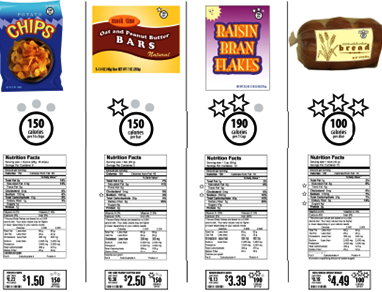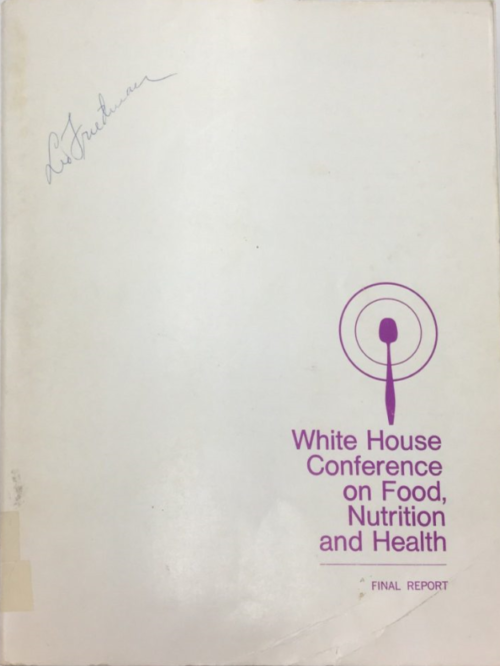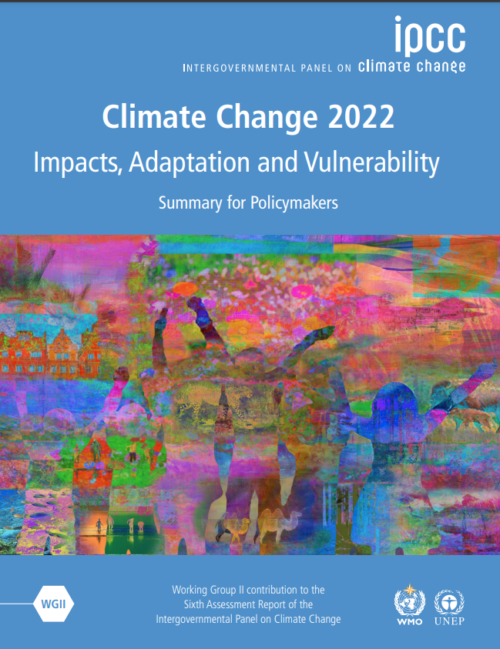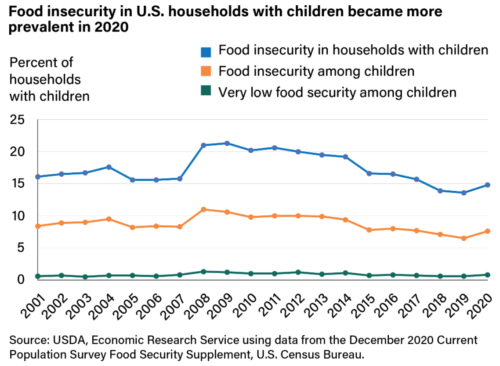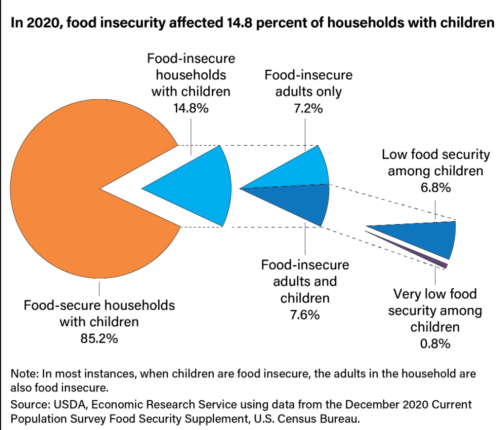Plastics in agrifood systems: a big problem, getting worse
This is not just about plastic particles in soil and in the ocean. It’s about microplastics in us.
See: Discovery and quantification of plastic particle pollution in human blood.
Plastic particles are ubiquitous pollutants in the living environment and food chain but no study to date has reported on the internal exposure of plastic particles in human blood. …In this study of a small set of donors, the mean of the sum quantifiable concentration of plastic particles in blood was 1.6 µg/ml, showing a first measurement of the mass concentration of the polymeric component of plastic in human blood.
As for plastics in the environment, a news release from the FAO announced a new report: “Assessment of agricultural plastics and their sustainability: a call for action.”
According to data collated by the agency’s experts, agricultural value chains each year use 12.5 million tonnes of plastic products. A further 37.3 million tonnes are used in food packaging. The crop production and livestock sectors were found to be the largest users, accounting for 10.2 million tonnes per year collectively, followed by fisheries and aquaculture with 2.1 million tonnes, and forestry with 0.2 million tonnes.
According to the report, the benefits of plantics are enormous—and that’s a big part of the problem.
In agriculture, plastic products greatly help productivity. Mulch films, for instance, are used to cover the soil to reduce weed growth, the need for pesticides, fertilizer and irrigation; tunnel and greenhouse films and nets protect and boost plant growth, extend cropping seasons and increase yields; coatings on fertilizers, pesticides and seeds control the rate of release of chemicals or improve germination; tree guards protect young seedlings and saplings against damage by animals and provide a microclimate that enhances growth.
Moreover, plastic products help reduce food losses and waste, and maintain its nutritional qualities throughout a myriad of value chains, thereby improving food security and reducing greenhouse gas (GHG) emissions.
OK, but how do you get rid of them?
The effects of large plastic items on marine fauna have been well documented. However, as these plastics begin to disintegrate and degrade, their impacts begin to be exerted at the cellular level, affecting not only individual organisms but also, potentially, entire ecosystems.
Microplastics (plastics less than 5 mm in size) are thought to present specific risks to animal health, but recent studies have detected traces of microplastic particles in human faeces and placentas. There is also evidence of mother-to-foetus transmission of much smaller nanoplastics in rats.
The report recommends the 6R model (Refuse, Redesign, Reduce, Reuse, Recycle, and Recover). Good luck with that one.
Commentary
- Here’s my previous post on the plastics issue.
- And here is Civil Eats’ comment on the report: “Ocean Plastic Is Bad, but Soil Plastic Pollution May Be Worse“

